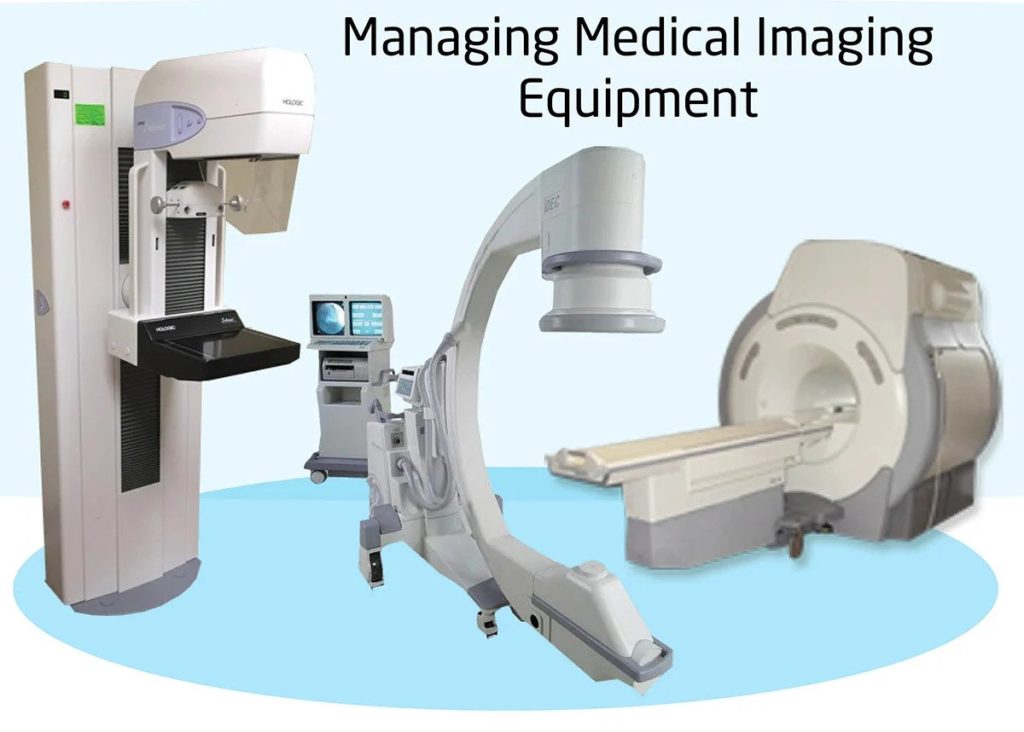PACS is like a magic tool that helps doctors and nurses look inside our bodies using special machines.
It helps them take pictures of our insides, save them, and share them with other doctors to help make us better. Now, we’ll talk about what PACS is made of and how it works, including the parts that we can touch and the parts that we can’t.
By using the top 10 PACS systems, healthcare providers can provide better care to their patients while also improving their workflow efficiency.
What Is PACS?
PACS stands for Picture Archiving and Communication System. It is a medical imaging technology that allows doctors and other healthcare professionals to store, retrieve, view, and share images produced by various machines that take pictures of your body.
The X-ray image will be stored in a PACS server and can be accessed by your doctor on a computer or a mobile device.
Your doctor can also send the image to another doctor for a second opinion or to compare it with previous images of your arm.
Why Is PACS Important?
PACS has many benefits for both patients and healthcare providers. Some of these benefits are:
It Saves Time and Money
Before PACS, medical images were stored on films that had to be physically filed and transported. This was slow, costly, and prone to errors.
With PACS, images are stored digitally and can be accessed instantly from anywhere with an internet connection.
It Improves the Quality of Care
With PACS, doctors can see more details in the images and zoom in or adjust the contrast if needed. They can also compare images from different machines or at different times to see how your condition has changed. This helps them make better diagnoses and treatment plans for you.
It Reduces Radiation Exposure
With PACS, doctors can avoid repeating tests that have already been done by another facility or at another time. This means less exposure to radiation for you and less waste of resources for the healthcare system.
How Does PACS Work?
It works by connecting the medical machines that take these pictures to a special computer network. When a picture is taken, it goes to the computer, where it’s saved in a special digital format.
Once the pictures are saved, doctors and nurses can look at them from any computer in the network. They can make the pictures bigger or smaller, change how bright or dark they are, and even look at many pictures at the same time.
PACS Main Components
PACS has four main components:
Imaging Machines
These are devices that take pictures of your body using different methods, such as X-rays, sound waves, or magnetic fields. Examples are X-ray machines, CT scanners, MRI scanners, and ultrasound machines.

Network
This is a secure system that connects the imaging machines with the other components of PACS. It allows the transfer of images and related information such as patient name, date of birth, and medical history.
Workstations
These are computers or mobile devices that allow doctors and other healthcare professionals to view, process, and interpret images.
They have special software that can display multiple images at once, measure distances or angles on the images, add annotations or comments on the images, etc.
Archives
These are servers that store the images and related information for future use. They have large storage capacity and backup systems to ensure data security.
Is PACS Hardware or Software?
As you can see from the above description, PACS is not just one thing but a combination of hardware (machines) and software (programs) that work together to provide medical imaging services. Therefore,
The answer to “Is PACS hardware or software?” is: **Both**.
Conclusion
There are different types of PACS tools, and the top 10 PACS systems have something special that can help doctors and nurses take care of us even better.
By using PACS, doctors and nurses can work faster and take better care of us when we’re sick.


